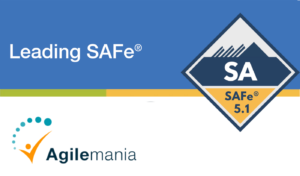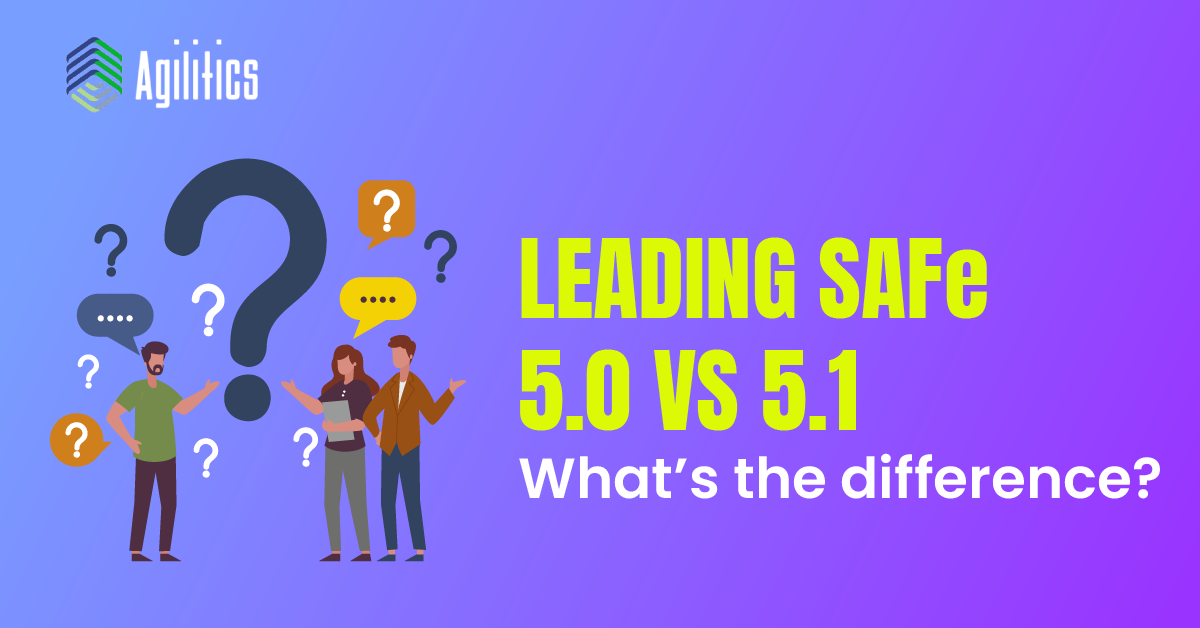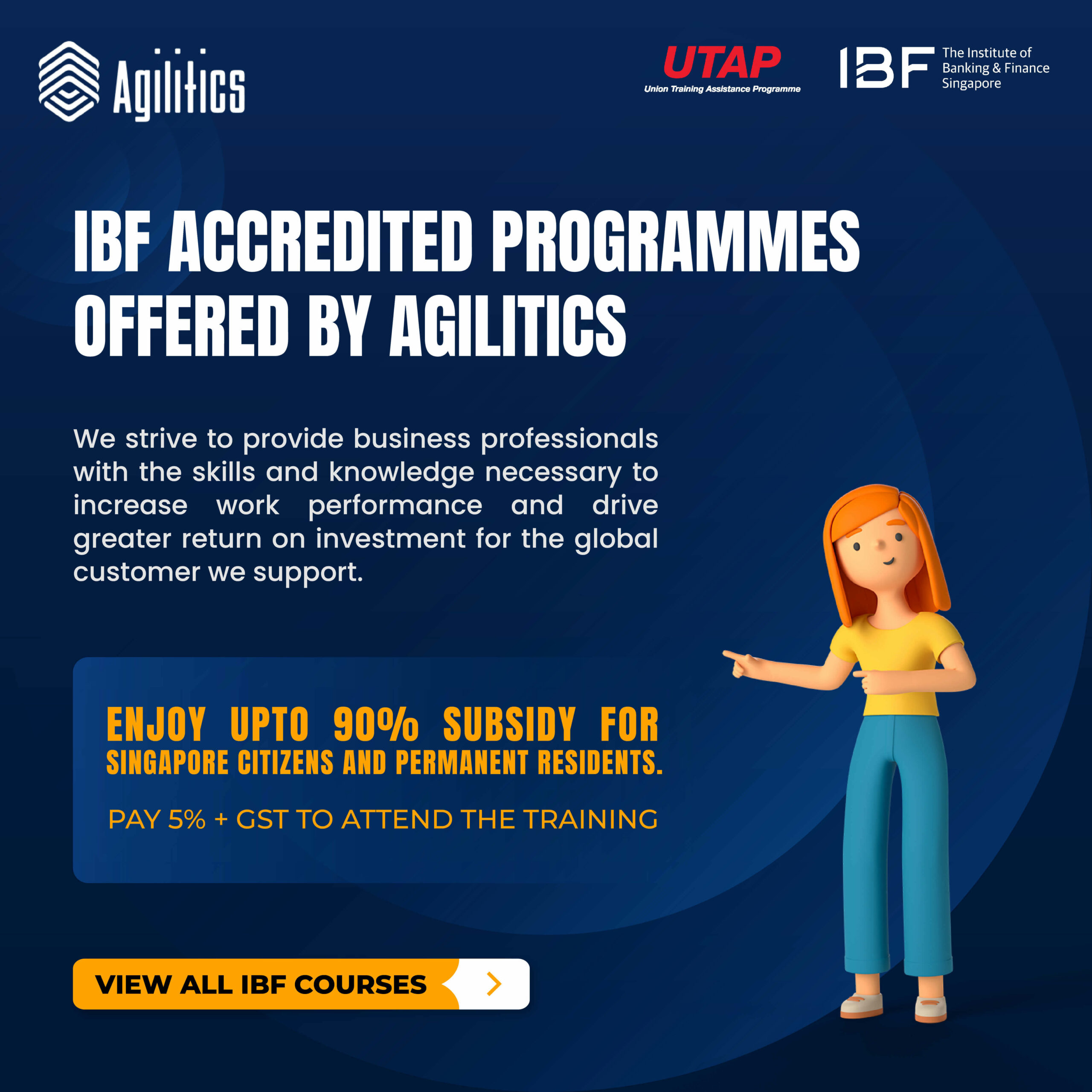For anyone new to the Framework of Scaled Agile, we introduce you to the basics. Want to know the foundation and the numerous practices and principles which drive the Lean-Agile transformation confidently. The course, about Leading SAFe Certifications, can also offer any interested individual the tools necessary for effectively leading in remotest of environments. As such, they also gain the ability to work with distributed groups and teams.
What is Leading SAFe Certification?
This certification has become the benchmark, the gold standard for all the Lean-Agile forms of enterprise. It widens one’s scope in the industry in terms of career opportunities and values and serves as the Agile approach, which has been most widely appointed. This is according to the biggest amounts of survey data, with about thirty-three percent of it being re-affirmed by a Forrester Survey conducted on the Global Agile Software Application development.
Taking a Leading SAFe certifications can help individuals learn how companies can construct the ability and flexible nature of a business and make SAFe work well within one’s organization. As such, SAFe improves quality. SAFe enhances productivity. SAFe can also boost employee engagement and a time for marketability. As such, you can recede from the experience with an understanding of how you can align your entire industry around the very same objectives.
SAFe Certification can also help improve workflow and enhance the work from strategizing to delivering the same. Companies can know and realize how to cater better to their customers and become more consumer-centric. They can run key alignment events and plans, including aspects like PI.
Agile methods have been suitable for smaller teams, although companies nowadays have been known to work across more collaborative groups, systems of high complexity, and different geographies. Agile is enabled to work across the enterprise to bring faster delivery benefits, products of better quality, and quick customer query-response time.
However, the larger the scale of work, the more susceptible to failure agile transformation becomes. This is mostly owing to a lack of proper protocol, process, and structure. The requisite impacts are rarely brought out hence. The Scaled Agile Framework or the SAFe is the complete methodology that enables large-scale project teams to run Agile transformations seamlessly.
The application of Lean and Agile practices and principles across different levels within enterprises can work towards effecting such a change. The SAFe framework can effectively synchronize such an alignment. It can collaborate and deliver with regards to different agile teams and hence lead the way towards the enterprise’s success.
In its final version, or what to be so currently, SAFe brings in full business agility with significant strategic advances, execution, and competencies about leadership. Such can help individuals and industries deliver innovative solutions to business problems.
About 70 percent of US Fortune 100 companies currently employ SAFe, which makes it clear that the demand for the same is constantly rising.
Earning the Leading SAFe® 5 certifications from a or more globally renowned or internationally acclaimed accreditation bodies, aka, Scaled Agile, can provide us with a major lead over one’s peers and consequently place one at the top of Agile transformation in the enterprises. This is not merely going to merit a raise in salary in the present organization but also offer a plethora of other benefits.
One can apply it in contexts of enterprise, deliver value, improve collaboration and communication across different projects, introduce Agile not merely to IT delivery teams but the entire organization, lead Scrum team transformations, help in one become a top-echelon Scrum salary-person, man or woman, and grab more opportunities with regards to one’s career and keep up with fast-changing trends in the market.
About 98 thousand dollars a year is the average salary of a Certified SAFe Agilist, and such an amount is earned based on experience, skills, organization, and various other factors. More organizations are defaulting to Agile, causing exponential growth in the job number for Agile-based professionals who can scale Agile and Lean practices at different levels.
Therefore, to sum it up, the SAFe certified professional people have the edge when weighing the competitive advantages in the industry thus.
Features of the SAFe 5.0
The SAFe 5.0 was revolutionary in its time. The key highlights of the same include an enhanced big picture, which emphasizes better flow delivery and continuous delivery. These Value Streams become first-class citizens regarding the news release and include icons and articles dedicated to the topic. Developmental Value Streams get a label. These articles can enumerate how the emerging stream patterns can support making operational value streams much more profitable. This completely redesigned Principle 10 can organize around values and highlight several changes.
Furthermore, new topologies and behaviors necessary for designing teams are ARTs can be introduced and incorporated in Agile Frameworks. New guidance around the DevSecOps technological skills and teams can enable teams to better power through their continual delivery ability. New landing pages can access the news articles and present the expanded DevOps to practice the domains. Broad guidance for applying Lean-Agile practices to the business domains may be located in new Business and technology articles.
An Integrated Participatory Budgeting fosters a dynamic and much-needed collaborative process of allocating funds and monetizing resources to every one of the value streams. Finally, after several years of requests and obviousness of the demand, we’ve been able to create a list of information that guided applying the SAFe to Hardware Development processes. Of course, there is far more and wide informational newness in this new release than we might be able to delineate or describe here, so let us save the novelty for a different post.
However, we urge prospective certifying practitioners so that they can check out what is new in this SAFe 5. Our Relentless Commitment to this Relentless Improvement has enabled us to soar beyond what limits we had thought would hinder us. We will continue to evolve and nurture SAFe to ensure that it stays contemporary and current with the new and evolving businesses and various technology trends.
These updates will often be able to include the new articles as well as varying changes to the existing articles, updates to many courses, numerous toolkits, and other novel community platform assets; and from time to time, even several updates to the aforementioned Big Picture that we may not have mentioned. As such, we owe all the renowned faculty and team members in the Scrum, Agile and SAFe communities who have been able to make the developmental dream a reality that has come to fruition through hard work, diligence and innovation.
How the SAFe 5.1 is an upgrade over SAFe 5.0

The SAFe 5.1 came with many upgrades over the SAFe 5.0, which was revolutionary in its time. As such, let us look into the features which make it better:
Operational Value Streams
A new and improved Operational Value Stream can delineate how the optimum delivery can be offered to one’s customers. These streams can represent the varying sequence of the activities needed to deliver products or services to customers. This operational value stream also comes in four categories through four different operational value streams.
Participatory Budgeting
The process Lean Portfolio Management (or the LPM) uses to allocate total budget, concerning portfolio budgeting for development value streams, has been termed participatory budgeting. Therefore, some of the benefits of SAFe certifications lie in this participatory budgeting feature.
Development Value Streams
The Operational Value Streams are different from this new varying value stream, referred to as the Developmental Value Stream. How is it different? Let us say that the Big Picture’s portfolio level was relabeled in this regard to make the distinction. Value Stream is now known as Development Value Stream, which indicates solutions in the portfolio.
Indicating the Solutions in Portfolio
These solutions, which are delivered, are not only desirable and feasible but also viable and sustainable. For example, solutions indicated at the portfolio level 5.
Continuous Delivery Pipeline
Various changes were made better to illustrate data flow through the figurative Continuous Delivery Pipeline. This Pipeline is used to clearly and methodically illustrate the triple-infinity-loop of the DevOps. This can help decrease or reduce PI boundaries’ thickness to reflect the SAFe framework’s continuous delivery model across space and time. In addition, this Continuous Delivery Pipeline distributed all the release box icons across PI to illustrate that releases might be able to occur at any possible time.
Enroll Now: Leading SAFe®️ 5.1 Certification Training Singapore
We strive to provide business professionals with the skills and knowledge necessary to increase work performance and drive greater return on investment for the global customers we support. Agilitics delivers customized technology and management training solutions to large corporations and government agencies around the world.


